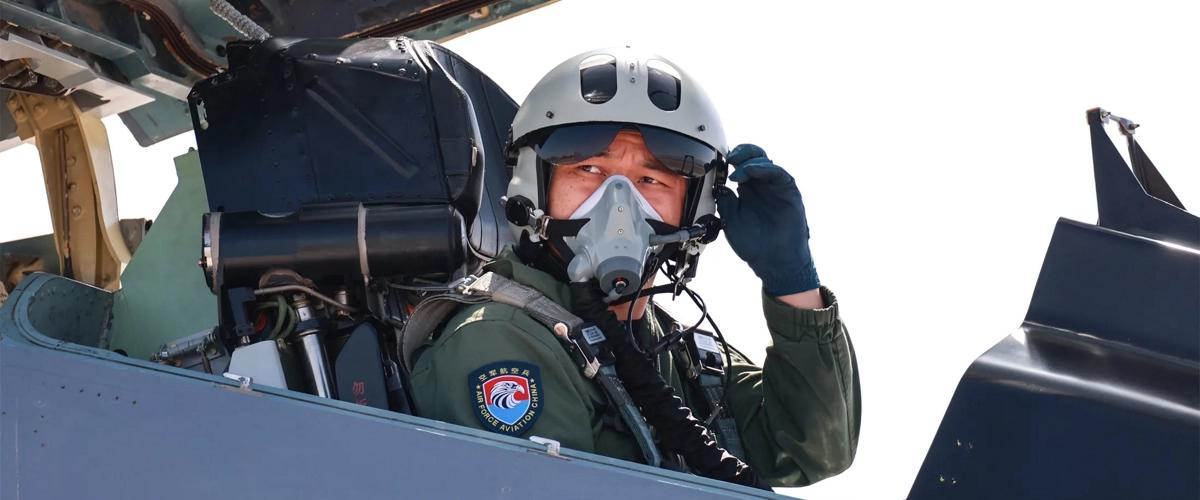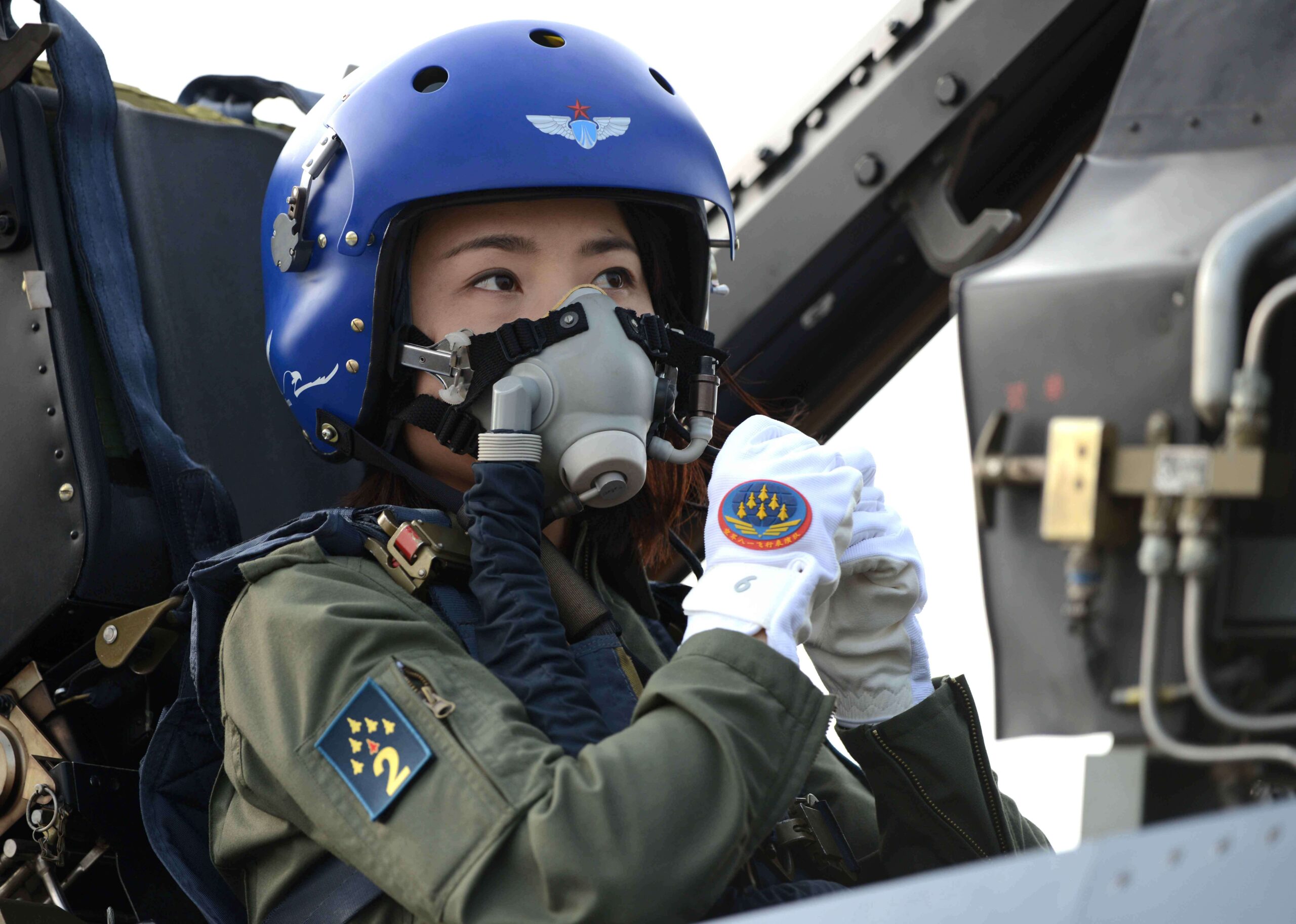Chinese scientists have developed an artificial intelligence system for aerial combat that explains its decision-making logic during battles. This system aims to address the “black box” problem faced by both the US and China in the AI arms race. The new solution will allow pilots to better understand the AI’s actions, enhancing cooperation during combat operations. The system achieved nearly 100% victories after only 20,000 training rounds, whereas traditional AI required 50,000 rounds to reach a 90% victory rate.
The US began integrating AI into its air force earlier than China. While China conducted real aerial battles between drones controlled by humans and AI, American test pilots were already testing their AI systems for close aerial combat in real flight trials.
Intelligent aerial combat systems are becoming increasingly common, with reinforcement learning being one of the key decision-making methods in such battles. However, this method faces challenges, as it resembles a “black box”: tasks go into the “box” and some result comes out, leaving humans unaware of the internal processes. This makes it difficult to explain strategy, understand intentions, and trust the decisions made. But aerial combat is a matter of life and death. In the near future, pilots will need to closely collaborate with AI, trusting these intelligent machines with their lives.

To address these issues, the new method uses explainable reinforcement learning, making aerial combat decisions more transparent. First, a model is built to explain strategies and recognize intentions. Then the system evaluates the importance of each decision and the likelihood of the opponent’s intentions. Finally, based on these interpretations, it adjusts the deep reinforcement learning algorithm.
Developed under the leadership of Zhang Dong, an associate professor at the School of Aeronautics at Northwestern Polytechnical University in Xi’an, the innovative AI combat system goes beyond conventional programming. Unlike traditional systems, this technology can explain every command sent to the onboard computer using simple language, data, and charts. The AI can also clarify the importance of each directive, providing detailed information on the current combat situation, specific maneuvers, and strategic intentions.
The team also found that this technology opens up new ways for human pilots to interact with AI. For instance, during post-simulation battle analysis, an experienced pilot can point out the signals that led to AI errors. This efficient feedback process allows the AI to understand the suggestions of experienced pilots and avoid similar mistakes in future battles.
This type of AI, acting “based on understanding,” can achieve nearly a 100% victory rate after only 20,000 rounds of combat training. In comparison, traditional AI achieves only a 90% victory rate after 50,000 rounds and struggles to progress further.
Currently, the technology is limited to ground simulators, but scientists already plan to transfer it to real aerial combat scenarios.











